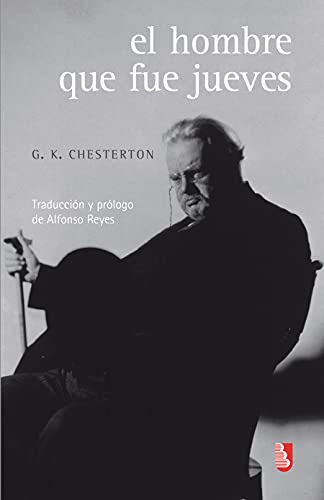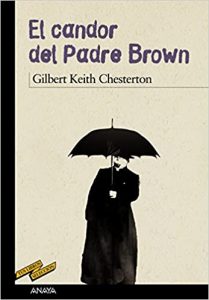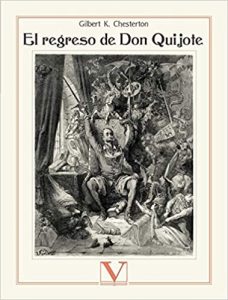GK Chesterton was without a doubt a spiritual writer in its broadest sense and with very rich nuances. From his literary origins as an editor of articles that addressed esoteric themes to his final conversion to Catholicism, we go through a Chesterton of different phases in that spiritual plot.
And you know what? That seems perfect to me. One is not what one is forever. The magic of living lies a lot in changing, so if you Chesterton He ended up being nicknamed the prince of paradoxes due to his own spiritual variation that even served as a tool to present literary paradoxes with which some teaching could always be extracted ..., well I smelled for him.
The point is that literature as a field was almost too small for him. Writing around 70 novels is not a trivial matter, not at least outside of genres more prone to more linear narration such as romantic.
So daring to determine Chesterton's three best books shows a certain pretentiousness and daring. But since one is the owner and lord of this blog, I am going to launch into it despite not having had the pleasure of reading everything that Chesterton wrote, since many books of poetry, tests of all kinds, travel books, biographies of personalities and novels contemplate it ...
3 best Chesterton novels
The man who was Thursday
Behind this unique title we find a detective novel that, displaying that gift for the paradox of the ambivalent writer, also turns out to be a statement of his thinking strongly influenced by Anglo-Catholicism at the time of publication in 1908.
The question is how he got this dual novel, between entertainment and rehearsal. The virtue of Chesterton resides on many occasions in that ability to equip himself with a solid police argument with its tension and unpredictable twists while at the same time delving into the criticism of thoughts on which he considered that there was a burden of fatalism with which for nothing communed.
Thus, a novel with several readings that has always puzzled but was highly valued, and still is, by critics and readers.
The candor of Father Brown
Father Brown as a crime investigator beyond all typical characterization. What was Chesterton trying to do by turning a priest into one of his iconic detective stories?
When he published this book of stories, Chesterton was not yet a Catholic but was already beginning to have contact with Catholics. Influences of his previous religion and of the one that awaited him with longing must have led to this new conception of a hero through which he could undo all kinds of criminal misdeeds.
The book usually includes, according to editions: The invisible man, the secret garden, the hammer of God, the eye of Apollo, the blue cross, the equivocal form, the honesty of Israel Grow, the sign of the broken sword, the wandering stars, the mysterious footsteps, the sins of the Prince Saradine and the three instruments of death.
The return of Don Quixote
Chesterton also had a few words for our most illustrious national character. And they were certainly beautiful words and a brilliant tribute. We know in this last novel of the author his character Michael Herne, an eccentric librarian, highly cultivated and disenchanted with the events of the society of his time.
On one occasion he goes on to play the role of Rey in a play. And then he sees the light, with his brand new king's suit he decides to go out to the streets to regain the empire of sanity in the face of the privileged who rule at the whim of their whims.
A new Quixote has emerged then, transmuted into a new Richard the Lionheart who discovers how much he has to do to strip aristocrats, bureaucrats, and ultimately all those whose suffix is -crat, of foolishness.



